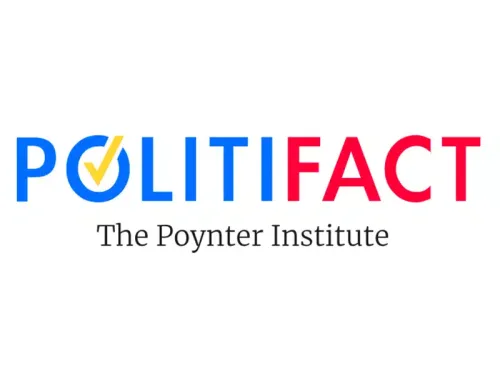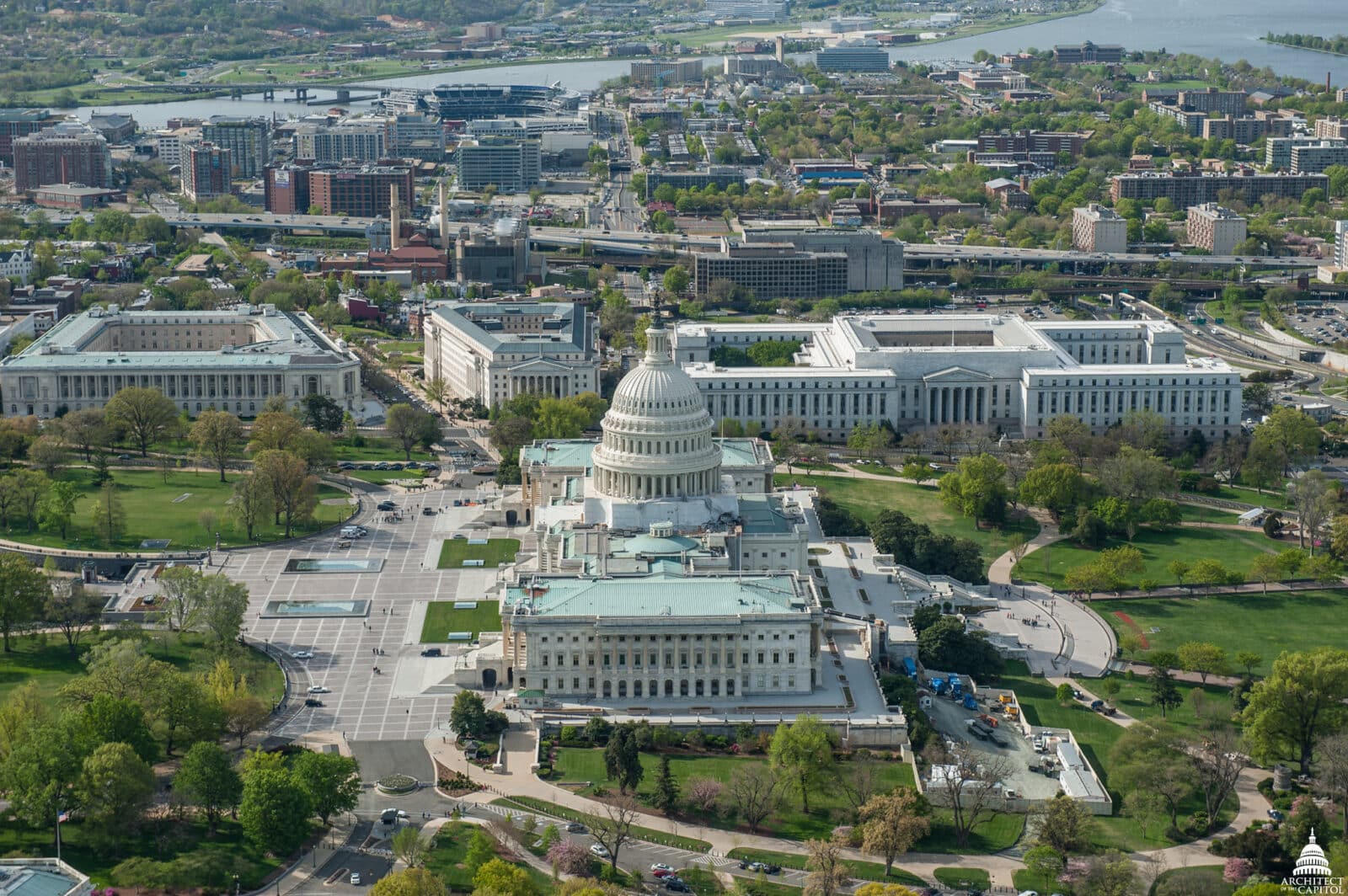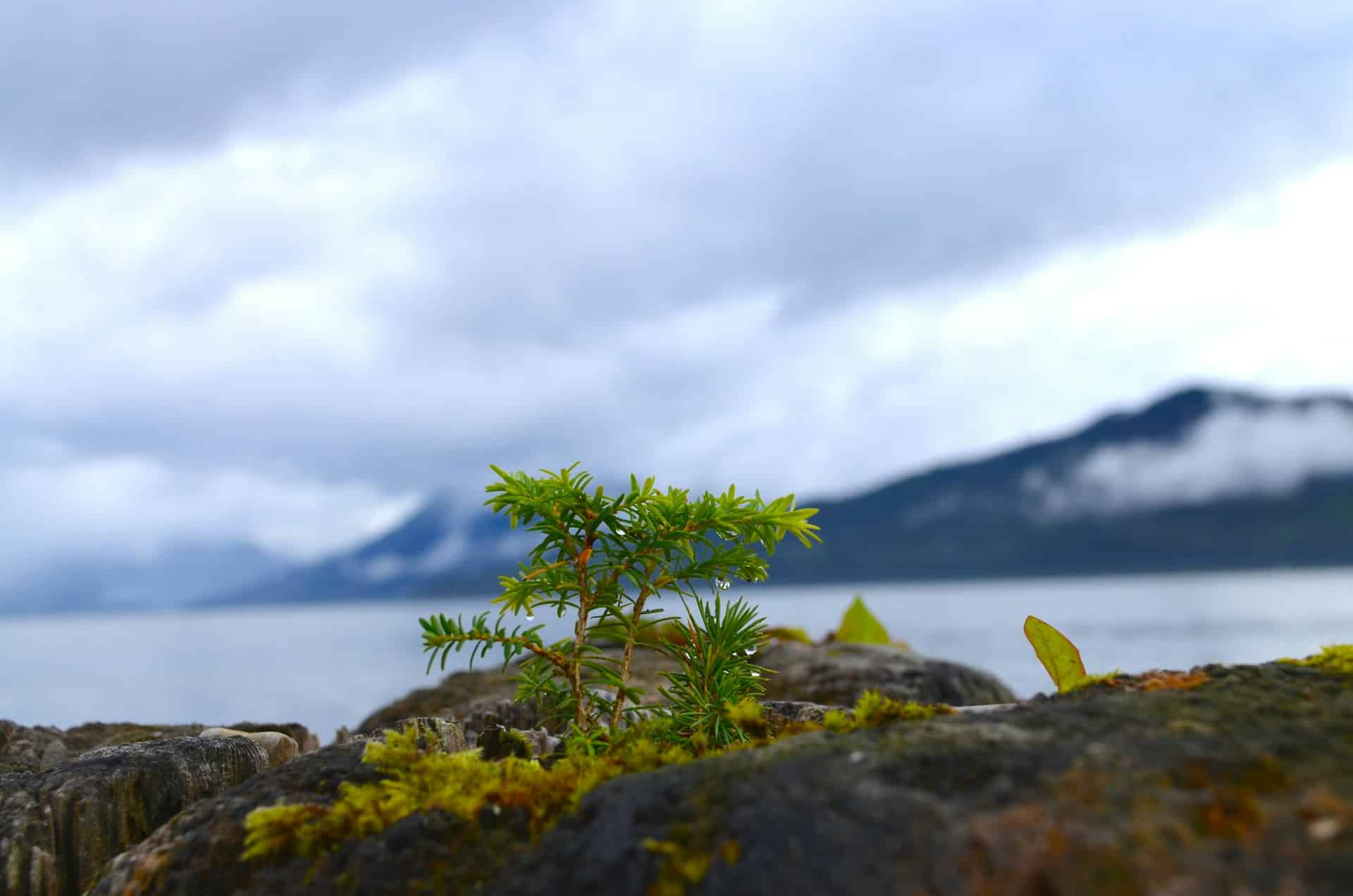The federal government does not know the value of hardrock minerals being extracted from public lands, a new report by the Government Accountability Office concluded. The report recently made public, Leasable Minerals on Federal and Indian Lands: Volume, Value, And Revenue, found that while some minerals like oil, gas, and coal are tracked because they are charged a royalty for their extraction, the value of hardrock minerals such as gold, copper, and silver that are removed from federal lands is unknown because they are extracted royalty-free.
Royalties represent one of the top sources of revenue to the federal government and should be collected, managed, and accounted for in a fair and accurate manner. Yet, hardrock minerals extraction on federal lands is still governed by the grossly outdated General Mining Law of 1872, which requires no royalty or rent payment, and allows for the patenting of land for $5/acre. Although there is an annual moratorium on the patenting process, the overall law has yet to be updated and still allows for billions of dollars in lost revenue annually.
The report concludes that there are about 70 minerals tracked through royalty transactions on federal lands, excluding the royalty-free hardrock minerals. While oil and gas and other minerals are charged royalties estimated at $11.3 billion in 2011, hardrock minerals such as gold are extracted for free.
For more information, please contact Autumn Hanna at (202) 546-8500 x112 or autumn [at] taxpayer.net.












Get Social